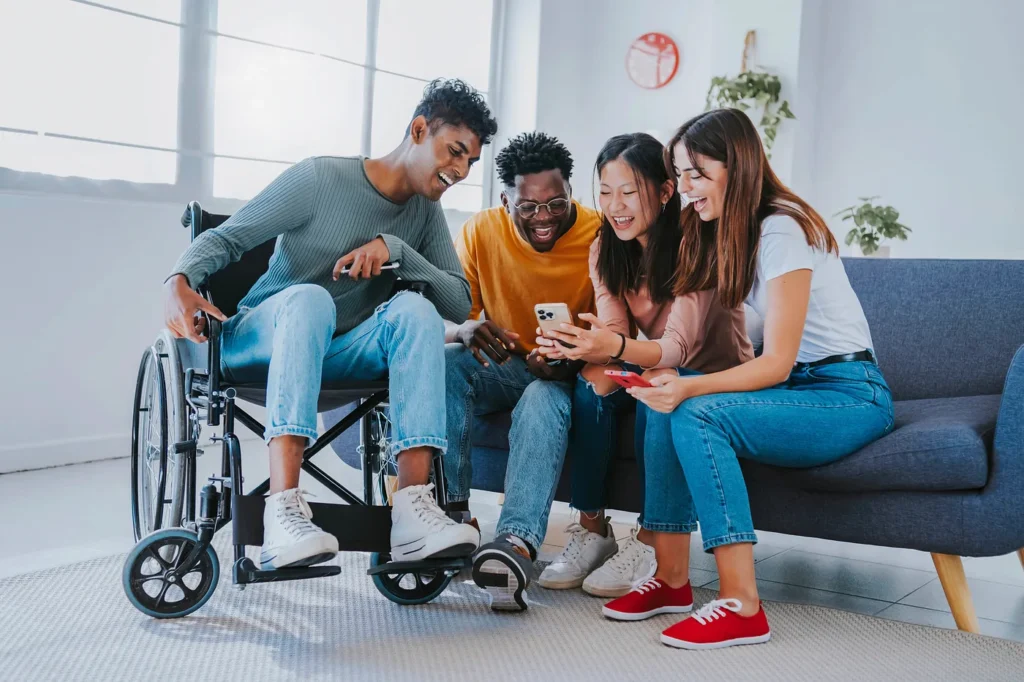It is Black History Month so it is a good time (as it is every single day) to address the persistent digital divide affecting Black American communities. This divide hampers inclusive economic growth and impedes equal access to technology and its opportunities. Many are nervous about generative AI. As an agency, we are embracing the technology, but know that if used improperly, it will increase the digital divide rather than close it. Let’s think about the positives by exploring how generative AI can bridge the digital divide and promote workplace equity. One of McKinsey’s recent articles brilliantly discusses the divide. We are using those insights to describe the role of communication in educating the public on this critical issue.

The digital divide encompasses more than broadband access. Approximately 40% of Black American households lack high-speed, fixed broadband, while other factors like affordability, access to internet-enabled devices, digital skills, applications and technical support also hinder equitable participation in the digital economy.
For instance, while smartphone and tablet penetration rates are similar across racial groups, desktop or laptop computer ownership among Black and Hispanic Americans lags behind that of white Americans. Only about half of Black workers have advanced or proficient digital skills compared to 77% of white workers, according to a 2020 OECD survey.
Lower digital readiness contributes to the underrepresentation of Black Americans in digital jobs, despite comprising approximately 13% of the workforce. This disparity exacerbates racial income and wealth gaps. Tech jobs, with their higher median pay and faster growth rate, offer a potential solution, but achieving greater representation in the digital workforce is crucial.
Several states have recognized the importance of digital equity and taken proactive steps to bridge the divide. North Carolina established the Office of Digital Equity and Literacy to bring all residents into the digital society, investing $165 million in digital equity efforts. Maryland is providing universal broadband access, subsidies and digital inclusion programs to ensure equitable access for all residents.
Generative AI plays a vital role in addressing the digital divide. It can create innovative solutions to increase digital literacy, expand access to affordable internet and generate tailored educational materials. AI-driven tools can also identify areas with infrastructure gaps, recommending targeted interventions.

The services that Better Together provides can use the benefits of generative AI to share compelling narratives and campaigns with the Black community to raise awareness about digital equity’s importance and its impact on workplaces. These are the campaigns that corporations should be implementing because access to generative AI tools will allow undersupported communities to gain tech-focused skills and opportunities.
As we celebrate Black History Month, it’s crucial to acknowledge the digital divide and its implications for workplace equity. By harnessing the power of generative AI and effective communication, we can work together to bridge this divide, empower underrepresented communities and create a more equitable future for all.


